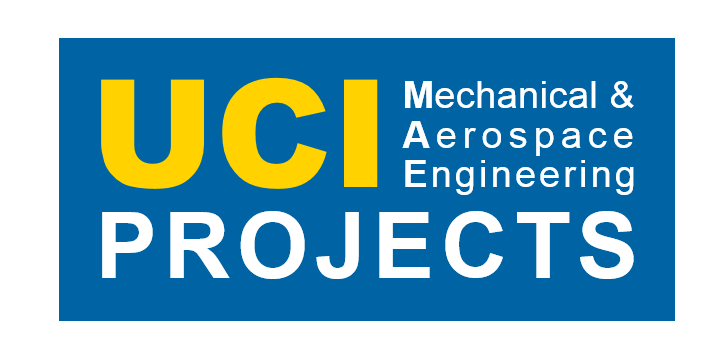Last week, the FSAE Electric Racecar team was able to finish the design of our telemetry hardware. While there still is some code to write, we will now have the ability to track the condition of the various components of the car. This is a major step forward as the data we gather using the telemetry system will allow us …
Spacecraft Thermal Management – Week 7
UPDATES From Week 4 – Week 6 Hello Again, The Thermal Spacecraft Team has major updates since last time! Congratulations to the Tungsten Oxide Team, one of their slides managed to change color during an experimental test run last week! The test run conducted this week was more observation based rather than experimental. The testing team will hope to continue …
UAV Forge Winter Week 6: Gathered Telemetry
After a successful flight test last Sunday (February 11) which collected telemetry and tested the fly-by-wire functionality of the PixHawk on the Sig-T, the team has been preparing for further testing on the Sig-T and are researching the many kit planes and their potential to be modified to better suit the mission presented by Auvsi Suas. Also, the project partnered …
BAJA SAE Racecar Week 6: Chassis
This week we started working on one of our biggest milestones: fully welding the chassis. We want to have a running car as soon as possible. Team lead Andres Olmedo is in charge of welding, but the team has helped a lot in prepping the chassis for the welding process, as well as prepping the subassemblies. Stepping into the welding …
CanSat Winter Week 6: Preliminary Design Review – Descent Control
For the competition, it is necessary to have a function to control the descent of the CanSat safely and accurately. A design without any descent control is a very risky gamble. We started out with a passive control design with the intent of letting the shape of the CanSat and parachute do the work in slowing the system down, but …
FSAE Electric Racecar Winter Week 5: Pedalbox
Last week, the FSAE Electric Racecar team was able to finish the design of our suspension. We decided to try and optimize our suspension by changing the position and lengths of our control arms. By doing this, we improve the way that our car handles. This week, Daniel Yee will be describing the pedalbox and how he designed it. One …
UAV Forge Winter Week 5: Dummy Weights and Test Flights
This past week at UAV Forge saw some significant progress in the use of the Sig-T test plane. At Black Star Canyon, the team tested the Sig-T with a 33W battery and a dummy payload. This was to test the safety and viability of mounting the avionics components on the Sig-T. It was discovered that while the plane could take …
CanSat Winter Week 5: Sensor Subsystem
The CanSat competition requires our probe to have multiple sensors attached to it. Below is an overview of our Sensor Subsystem. The acceleration sensor to measure the probe’s acceleration. We chose our sensor because of its efficient range for with its relatively low cost. The air pressure and temperature sensor to measure both the probe’s air pressure and temperature. For …
Week 4 Drone Tethering Team – POC to MVP Prototype
Hi everyone, Last week, our team was able to construct and complete a proof of concept in order to gauge the feasibility of our concept in the real world environment. As seen in the photo, the motor is connected to the spool via a screw set, and we were able to successfully spin the spool no problem. The motor is …
FSAE Electric Racecar Winter Week 4: Battery Cooling System
This week, the FSAE Electric Racecar’s batteries subteam finished designing the battery box. Designing the battery box was a major challenge because of the rules imposed by the Formula SAE Electric competition. For example, the rules require that the battery box be able to withstand at least 20g acceleration in any direction, be removed from the racecar to be charged, …









